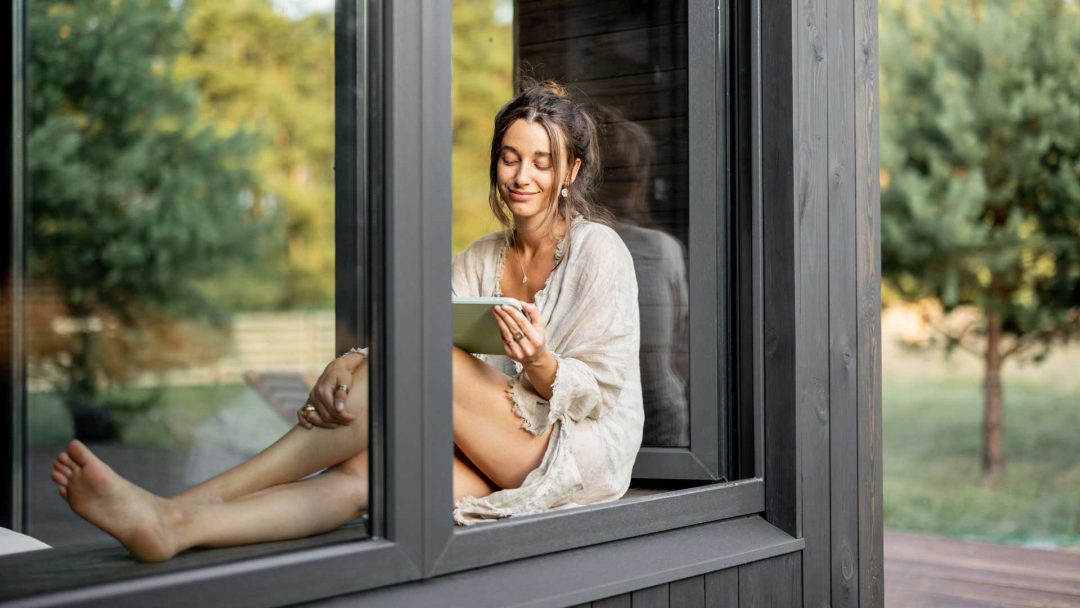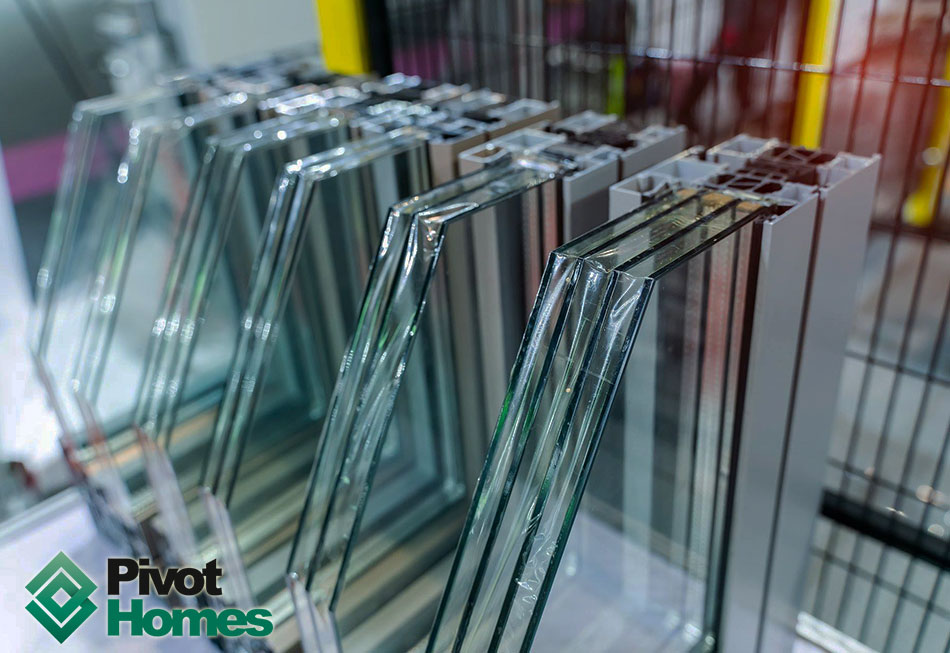All Categories
Featured
Table of Contents
Which Type Of Double Glazed Window Frame Is Right For You? in Coolbellup Western Australia
That window can transfer more solar heat in winter than in summertime. A west-facing window on a summer season's afternoon has an angle of occurrence from near 0 up to 30 with a big efficient location of solar radiation. A north-facing window, in summertime, has a high angle of occurrence and a low reliable location of solar radiation, so can transmit less heat than a west-facing one.

You can quickly and quickly enhance the thermal performance of your house by replacing your windows. There are thousands of types of glass and frames to choose from.
Single, Double Or Secondary Glazing, Which Is The Best ... in Bickley WA
There are various kinds of glass products to select from. Single glazing uses a single pane of glass. Single glazing with clear glass is not extremely effective when it concerns heat loss or gain. To improve performance, you can use single glazing with a more energy-efficient type of glass such as low emissivity (low-e) glass.
Several layers can be assembled with sealed cavities in between each sheet of glass. IGUs generally offer much better energy efficiency than single glazing, since they transmit less energy. The energy performance of IGUs likewise depends on: the properties of each layer of glass. Various glass types (for instance, clear and low-e glass) can be created in an IGU.
Glass Selector - Custom Single & Double Glazed ... in Neerabup Western Australia

IGU cavities can be filled with air or a more inert, low-conductivity gas such as argon the width of the cavity. Larger cavities provide lower (much better) U worths, with 12mm usually accepted as the favored gap how well the cavity is sealed.
If argon is set up to the cavity in place of air, moisture is reliably excluded the level of desiccant (drying agent). The spacer (metal or polymer strip) that separates the glass layers includes a desiccant to take in any wetness. Inadequate desiccant might cause moisture to condense on the glass surface area in cold conditions, reducing thermal performance.
Best Way To Block Sun Heat From Windows [Professionally] in Samson Perth
IGUs can provide much better energy efficiency for all climates, especially in heated and air-conditioned homes. Cross-section information of single, double and triple-glazing units Low emissivity glass (commonly called low-e glass) decreases heat transfer. Low-e glass may be either high or low transmission: High transmission low-e glass has a covering that enables daylight from the sun to pass into your house to achieve excellent solar heat gain, however minimizes the amount of the long wavelength infrared heat that can escape back through the window.
Low-e glass has either a pyrolytic covering or a vacuum-deposited thin film metal finish. Pyrolytic finishes are durable and can be utilized for any glazing; vacuum-deposited finishings are soft and are only utilized within IGUs. Low-e coverings can substantially improve both U worth and SHGC; nevertheless, they need to be used properly or they will either degrade or stop working to perform as needed.
Double Glazing Vs Triple Glazing For Windows (2023) in Rockingham WA
Low-e finishes can be used in mix with clear, toned or reflective glass. Low-e finishings on glazing can lower heat transfer where needed Photo: Department of Market, Science, Energy and Resources Toned glass has actually colouring additives included during manufacture. It is readily available in various colours, typically bronze, grey, blue and green.
Table of Contents
Latest Posts
A Complete Guide To Double Glazed Windows in Padbury WA
Low Emission Glass - Glass Systems: Glass Manufacturer in Greenwood WA
Double Glazing Versus Secondary Glazing in Floreat Western Australia
More
Latest Posts
A Complete Guide To Double Glazed Windows in Padbury WA
Low Emission Glass - Glass Systems: Glass Manufacturer in Greenwood WA
Double Glazing Versus Secondary Glazing in Floreat Western Australia